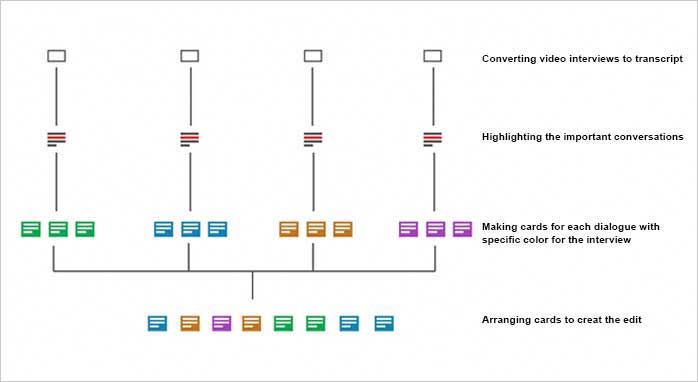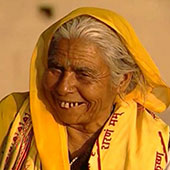The Rashomon effect is a term used to describe the circumstance when the same event is given contradictory interpretations by different individuals involved. Stories which I heard were true or not, that we can’t decide, of course, the threshold of the truth varies but these stories when transferred from the exponent to the interviewer are either modified or layered with the mediator’s own style.
There are two-three parts where this information is interpreted:
From the exponent to the mediator
Mediators generally are the people who have lived near the exponent or observed him/her in her daily life and then they interpret his/ her activity moulded on their own perspective.
The factors involved are.
• Social Factors
• Cultural Factors
• Religious Factors
• Geographical Factors
• Relational Factors
From the mediator to the interviewer
The mediator after observing the information from his own perspective then transfers it by moulding it with his own view. The information transferred the interpreted information
which is affected by the following factors.
• Profession
• Experience
• Motive
• Relational Factors
From the interviewer to the product
The interviewer finally gets the information which has been moulded by many views, and experiences. And then I will transfer this information in a form of a documentary film with
my own motive and motivation.
Thus an effect similar to the Rashomon effect is created but here the difference is that these stories are real. There is basically a deviation from reality. This deviation might be used while editing the documentary or might also inspire the fiction film.
This observation of the Rashomon effect gives the edit a direction. The edit can be shown in a way where all the information coming from the mediator is not necessarily true, it can be still included in the documentary in a way that it can be understood by the audience that the mediator is making up the information or exaggerating it.

Editing the Documentary
Following a proper process in order to have the script for the final documentary.
• All the Interviews are translated and are made into transcripts where all the important dialogues are written.
• All the important dialogues are highlighted in the transcript.
• All the transcripts are given a different colour and then all important dialogues are written on a card with the same colour as whichever transcript they belong to.
• These cards are then arranged so that a proper script and flow can be achieved.


